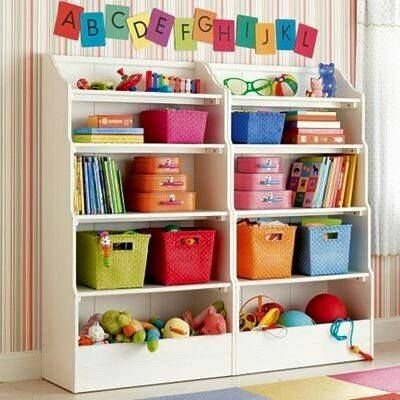👧 Things of girls and boys? 👨
Although, in the family, children build their first sense of gender, educational institutions that deepen and reinforce those senses and accentuate those differences, those roles, between what should be human and what a woman should be. This is due to the fact that the preschool transmits a series of norms, patterns of behavior and relationship between the subjects.

Think of certain comments such as "men have to be in the yard" or "girls are calmer", which is usually issued by the teacher, in the case of children we also get with attitudes that come from home "clean mom, dad works ", which sometimes end in discriminatory behavior when playing.
Some ideas to start incorporating in the daily task:
🎀 Rethink the gaming sector:

We must also enrich it with appropriate clothing, with which children can assume different roles, this can be work clothes, clothing according to age or time (what grandparents or parents used, clothing of the time, or ephemeris ), typical clothing from other places, and that used by the different professions or trades. You can also place different accessories.
🎀 The intervention of the teacher in the game:

Encourage all children to go through all sectors. To do this, the teacher must be alert to cases where the students themselves prohibit the participation of others based on sex, or when attitudes of discrimination arise in a situation that is not "usual" for any of the students. It will be propitious to take advantage of this episode to work on these issues linked to the law, where it is emphasized that boys and girls are equal and that their tastes must be respected and everyone can play what they want.
🎀 Use the dialogue to problematize:
In what way are games and toys tinged with assessments of what is allowed and what is not allowed?
It is about thinking toys from a gender perspective, in order to work on the representations they have about the roles of women and men. Intervene when children choose toys according to whether it is from boys or girls and ask them why.

Work with them on a possible classification of how toys should be ordered, other than just by sex. Think of separating them by the color, the emission or not of sounds, the texture or the age to which it belongs. The intention is to question the stereotyped roles assigned to men and women through games and toys, in order to generate equal opportunities. Because ultimately, what children most want is fun.
🎀 Have a criterion unit with our students:
It is also important that we teachers have the same criteria we ask of children. If our intention is to achieve attitudes that tend to general equality between boys and girls, it would not be consistent that we do not use the same criteria.

Image 1
Image 2
Image 3
Image 4
Image 5
